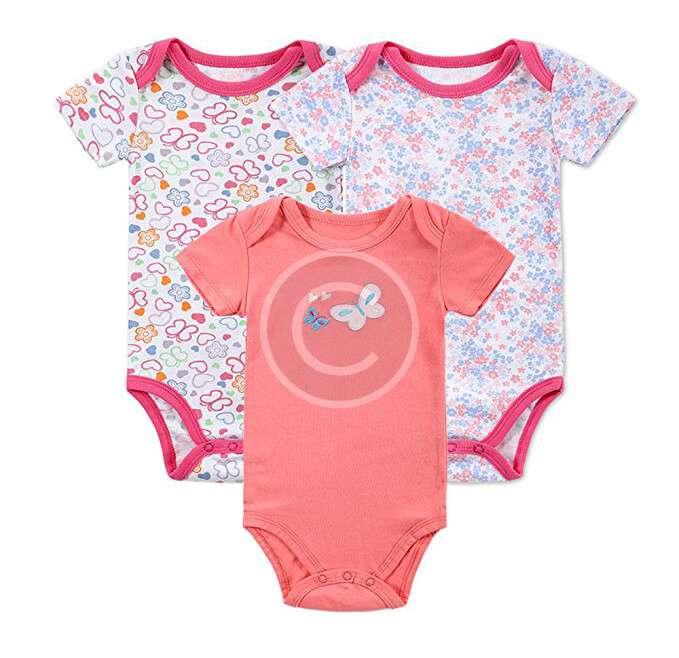Bloody Diarrhea Investigation
A 31-year-old man became feverish 4 days after arriving at a vacation resort in Idaho. During his stay, he ate at two restaurants that were not associated with the resort. At the resort, he drank soft drinks with ice, used the hot tub, and went fishing. The resort is supplied by a well that was dug 3 years ago. He went to the hospital when he developed vomiting and bloody diarrhea. Gram-negative, lactose-negative bacteria were cultured from his stool. The patient recovered after receiving intravenous fluids.
What microorganism most likely caused his symptoms?
How is this disease transmitted?
What is the most likely source of his infection, and how would you verify the source?
Based on the symptoms and details provided, the microorganism that most likely caused the man’s symptoms is Escherichia coli, specifically a strain of enterohemorrhagic E. coli (EHEC) or Shiga toxin-producing E. coli (STEC), which can lead to bloody diarrhea and is associated with outbreaks related to contaminated food or water.
1. Microorganism Likely Causing Symptoms
The presence of gram-negative, lactose-negative bacteria in the stool culture is indicative of E. coli, particularly E. coli O157
, which is commonly implicated in cases of hemorrhagic colitis.
2. Transmission of the Disease
E. coli O157
is transmitted primarily through:
- Contaminated Food: Often through undercooked beef (especially ground beef), unpasteurized milk, and raw vegetables contaminated with feces.
- Contaminated Water: Drinking or swimming in water contaminated with feces can also lead to infection…
Based on the symptoms and details provided, the microorganism that most likely caused the man’s symptoms is Escherichia coli, specifically a strain of enterohemorrhagic E. coli (EHEC) or Shiga toxin-producing E. coli (STEC), which can lead to bloody diarrhea and is associated with outbreaks related to contaminated food or water.
1. Microorganism Likely Causing Symptoms
The presence of gram-negative, lactose-negative bacteria in the stool culture is indicative of E. coli, particularly E. coli O157
, which is commonly implicated in cases of hemorrhagic colitis. Bloody Diarrhea Investigation
2. Transmission of the Disease
E. coli O157
is transmitted primarily through:
- Contaminated Food: Often through undercooked beef (especially ground beef), unpasteurized milk, and raw vegetables contaminated with feces.
- Contaminated Water: Drinking or swimming in water contaminated with feces can also lead to infection…



